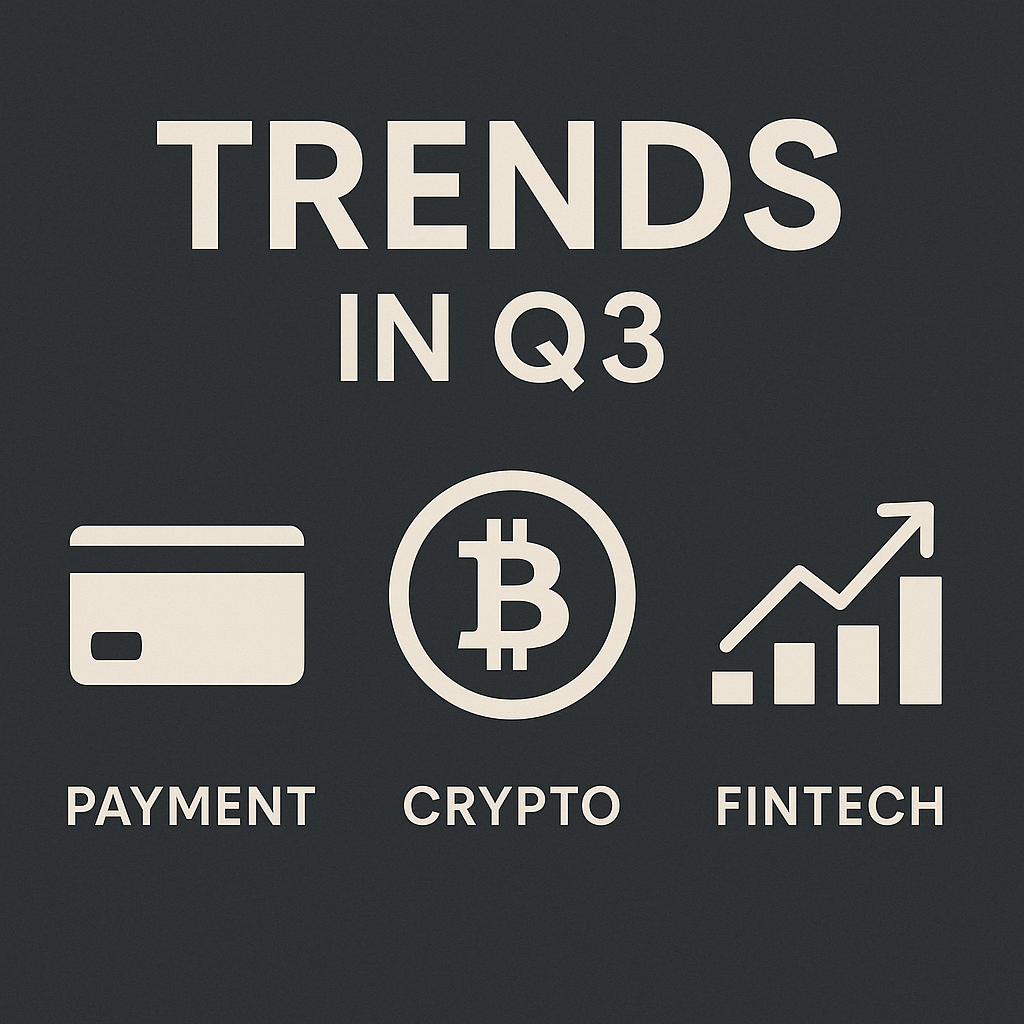Q3 2025 reveals the industry’s next strategic battlegrounds — from rising regulation and infrastructure wars to cultural tensions and capital market recalibration. Ignore the noise, and you’ll miss the structural pivots shaping 2026.
1. Payments: Regulation forces consolidation — but unlocks real innovation
Regulatory heat on BNPL intensifies
The FCA in the UK is rolling out formal oversight proposals for Buy Now, Pay Later (BNPL), pushing it toward full licensing and credit checks.
Under PSD3 and CSDDD in the EU, BNPL will no longer remain a legal grey zone — it’s being formalized and tightly supervised.
Real-time infrastructure becomes mandatory
SEPA Instant becomes mandatory in October, and Stripe’s acquisition of Orum shows what’s next:
Programmable, instant, account-to-account settlement is now the standard, not the future.
Embedded finance shifts from apps to infrastructure
Fewer flashy BaaS startups, more regulated infrastructure providers like Airwallex, Adyen, and Rapyd building licensed backbones for marketplaces, e-commerce, and cross-border use cases.
2. Crypto: Tokenization becomes real — but memecoins still dominate
Real-world asset tokenization gains traction
From BlackRock’s tokenized funds to new infrastructure players like Fumbi Network, institutional tokenization is no longer a buzzword — it’s a product line.
MiCA enforcement in Q4 will separate compliant from speculative actors.
Memecoins remain volume kings
Despite public criticism from Solana co-founder Anatoly Yakovenko, memecoins continue to drive activity, fees, and liquidity.
This isn’t a contradiction — it’s a market bifurcation: speculative narratives on one track, infrastructure maturity on the other.
Custody returns to center stage
With BitGo filing for IPO and new institutional products on the rise, custody is no longer a backend feature — it’s the value layer.
Expect major scoring shifts around multi-sig, key management, and auditability.
3. Fintech: Licensing is the new moat — but internal governance is the next risk
Israel opens to global fintech
Revolut, Rapyd, Airwallex, and Mesh all received payment licenses in Israel, despite central bank pushback.
It signals a broader trend: regulated fintechs are replacing traditional banks — jurisdiction by jurisdiction.
Founders vs. Boards: Governance under fire
The Wise dual-shareholder controversy shows what happens when governance doesn’t evolve.
Fintechs preparing for IPOs must resolve power asymmetries — or risk investor revolt.
Social virality becomes a risk vector
The $17M TikTok ATM scam illustrates a deeper structural issue:
Financial platforms are now exposed to social virality and misinformation, not just code-level exploits.
It’s time risk teams account for memes, not just malware.
RatEx42 View
Q3 2025 marks a turning point between maturity and memetics:
- Payments are consolidating into a licensed, API-native core layer
- Crypto is bifurcating into real-world assets vs. cultural speculation
- Fintech is being forced to grow up — legally, structurally, and reputationally
The winners?
Those who can offer resilience, reputation, and regulatory clarity — without losing cultural relevance.
More trend tracking, infra ratings, and policy analysis at RatEx42.com



